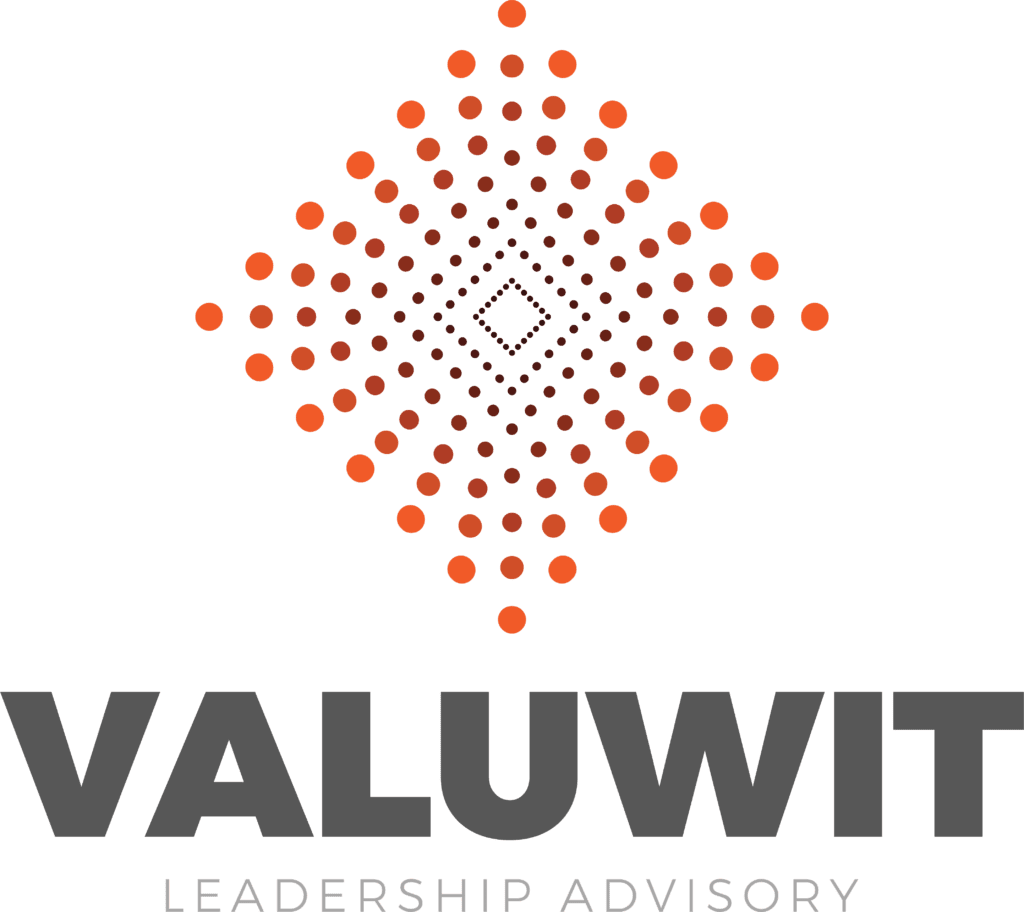Reduce Risk, Maximize Impact: The Power of the Minimum Viable Product Framework
In product development, the minimum viable product (MVP) is considered the option with the highest return on investment versus risk.
Coined in 2001 by Frank Robinson, co-founder and president of SyncDev, MVP is explained as developing the “right-sized product, big enough to cause adoption, satisfaction, and sales.”
The concept was, however, popularized in 2011 by Eric Ries, the author of the best-seller The Lean Startup. In his book, Ries describes this approach as “the version of a new product which allows a team to collect the maximum amount of validated learning about customers with the least effort.”
To sum up what Robinson and Ries said: an MVP is a version of your product with minimal—yet enough—features, at a reduced cost to encourage a larger percentage of your audience to adopt it.
This version reduces the friction between you and your client base, gives them a taste of your main product, and provides you with enough data to optimize your main offering.
An MVP, however, isn’t your first iteration. You’ve already tested, researched, and, in some cases, launched your product. It’s also not a temporary thing. Many businesses choose to keep their MVP offering available to the market to gain sufficient customer feedback, continue to improve the product, prove it’s validity to potential investors, and boost their market share.
MMP vs MVP
There are two important concepts when working on a product: minimum viable product and minimum marketable product (MMP).
MVP is primarily for ideal validation, however, commonly used to breathe life into a declining product, help test the market for planned upgrades, among other uses.
On the other hand, MMP is an advanced strategy, involving more features designed to attract customers. Simply put, MMP isn’t just about validation and accessing more customers, it’s about market domination. These products have enough features and quality to woo early adopters, generate revenue, and create buzz.
4 Reasons to Launch an MVP
- Cost Savings: By starting with an MVP, you reduce the financial risk. Instead of pouring significant resources into a full-fledged product, you test the waters with a smaller investment.
- User-Centered Design Insights: MVP testing provides valuable insights into what users truly want. You can identify pain points, gather feedback, and refine your product based on real-world usage.
- Fast Business Launches: An MVP allows you to get your product out there quickly. It’s like dipping your toes in the water before diving in. Speedy launches help you stay agile and responsive.
- Early Investor Buy-In: Investors appreciate seeing a tangible product or prototype. An MVP demonstrates your commitment and vision, making it easier to secure early-stage funding.
Further Reading: Launching a New Product? 8 Go-to-Market Challenges to Avoid
6 Simple Steps to Developing an MVP Framework
Similar to any product development, the first step to launching an MVP begins with determining your business goals and addressing customer needs. This step involves answering questions like ‘What does this product do?’ ‘Who is it for?’ ‘What problem(s) does it solve?’ ‘What gap does the product fill?’ among others.
In this step, it’s crucial to ensure that your planned MVP aligns with your business objectives.
The second step and a cornerstone of your minimum viable product framework is market research. This is also a continuous process from before you launch your MVP to well after you release your MVP.
Market research involves user research; competitor research; customer feedback about different functions; perception of cost vs value, and many others.
Next, comes determining your unique selling points (USPs). Following your market research, you need to identify how you can sustainably stand out from direct and indirect competitors. Your USP needs to be in line with your company’s overall objective and market position.
The more you understand your competitors and market and customer needs, the clearer your USPs will be. This step helps contribute to the continuous MVP iterations.
The fourth step is the translation of all the previous three steps into an MVP development plan. Not just what features and functionalities allow you to appeal to your target audience’s needs and standout in your market, but more importantly, how you can future-proof your product.
The following step is to determine the key performance indicators (KPIs) you’ll use to measure progress, growth, and the success level of your MVP.
The last step in your MVP framework is determining how to attract early adopters and generate initial sales for your product.
Limiting the Slipper Slope
While developing your MVP, you should keep track of your costs. But remember that your MVP isn’t a cheap version of your product. You want to spend minimum resources but still offer enough features and value to generate the output you need from this product, whether it’s testing the market, expanding your customer base, attracting investors, or something else.
Finally, building and launching your MVP is only half of your MVP framework; the actual benefit comes from continuous improvements where you can test and identify where your true customer value lies, and increase that value until you have a full-fledged, successful product that allows you to lead the market, expand, and grow on a solid foundation.




